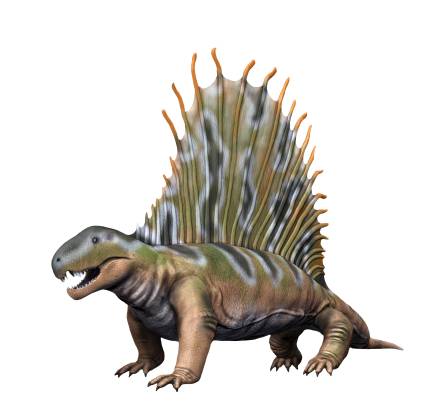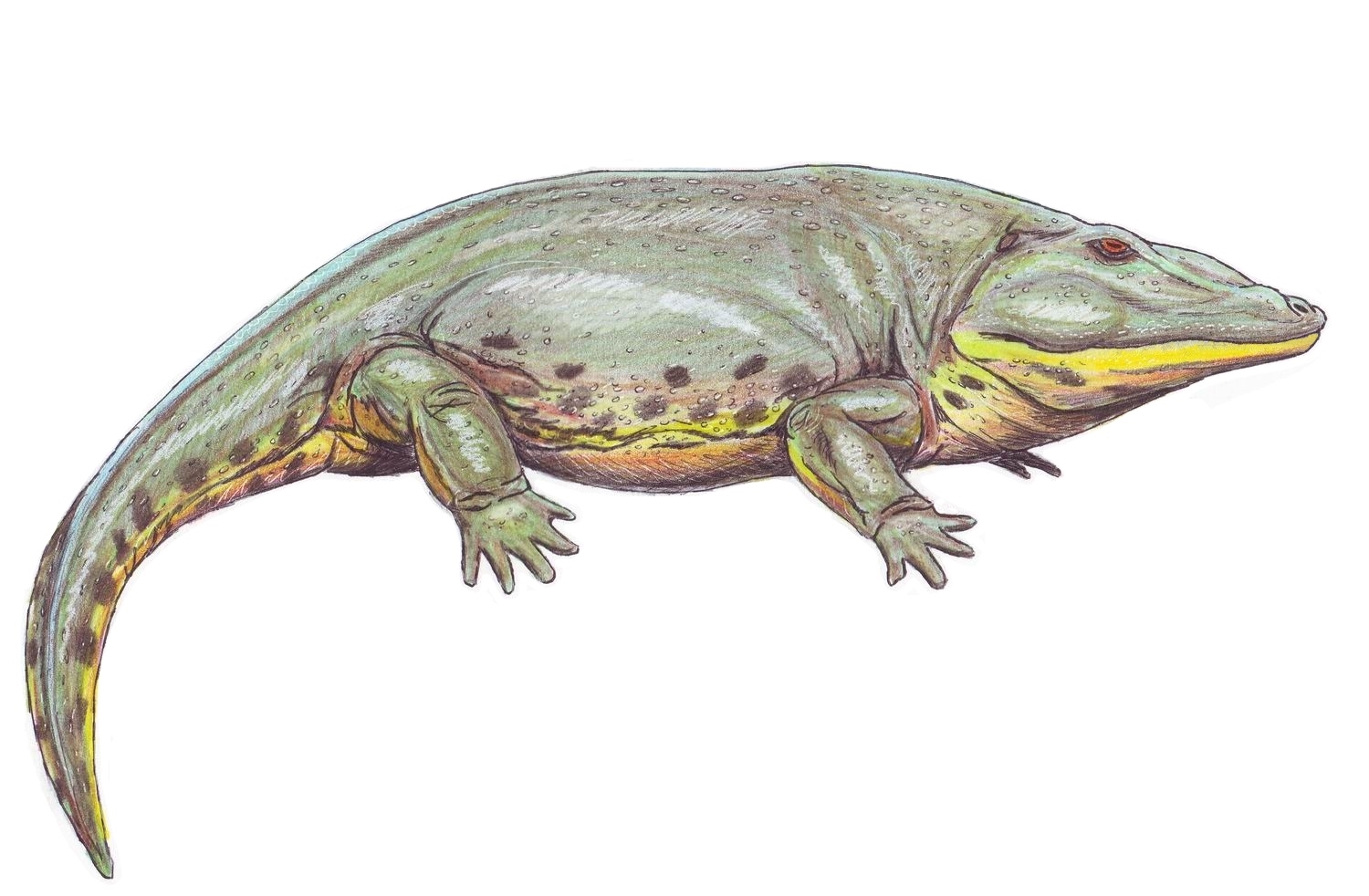|
Museum Of Life And Science
The Museum of Life and Sciencepreviously known as the North Carolina Museum of Life and Science and the NC Children's Museumis an science museum located in Durham, North Carolina, United States. The museum campus lies in the midst of the Northgate Park neighborhood, bisected by Murray Avenue. The main building is located on the north tract, along with the Butterfly House, Hideaway Woods, Farmyard, Sprout Cafe, Explore the Wild nature park, Catch the Wind, Dinosaur Trail, and the narrow gauge Ellerbe Creek C.P. Huntington train ride. The museum features both indoor and outdoor learning environments. The southern tract is now largely devoted to parking and administrative buildings, including a parking deck completed in early 2018. Prior to the construction of the new main building in the early 1990s, the structures on the southern tract contained the bulk of the museum's exhibit space. History Richard (Dick) Wescott played a major role in the development and growth of the Mu ... [...More Info...] [...Related Items...] OR: [Wikipedia] [Google] [Baidu] |
Durham, North Carolina
Durham ( ) is a city in the U.S. state of North Carolina and the county seat of Durham County, North Carolina, Durham County. Small portions of the city limits extend into Orange County, North Carolina, Orange County and Wake County, North Carolina, Wake County. With a population of 283,506 in the 2020 United States census, 2020 census, Durham is the List of municipalities in North Carolina, fourth-most populous city in North Carolina and the List of United States cities by population, 70th-most populous city in the United States. The city is located in the east-central part of the Piedmont (United States), Piedmont region along the Eno River. Durham is the core of the four-county Durham–Chapel Hill, North Carolina, Chapel Hill metropolitan area, which had an estimated population of 608,879 in 2023. The Office of Management and Budget also includes Durham as a part of the Raleigh–Durham–Cary, NC Combined Statistical Area, commonly known as the Research Triangle, which had an ... [...More Info...] [...Related Items...] OR: [Wikipedia] [Google] [Baidu] |
Butterfly Zoo
A butterfly house, conservatory, or lepidopterarium is a facility which is specifically intended for the breeding and display of butterflies with an emphasis on education. They may also be used to support local populations through butterfly release. Some butterfly houses also feature other insects and arthropods. Butterfly houses are owned and operated by zoos, museums, universities, non-profit corporations, and private individuals as part of their residence; as well as small businesses that are owner operated. History Live butterfly exhibits became popular in England in the end of the 1970s, appealing to the British love of greenhouses and natural settings. The tropical world's first live butterfly and insect sanctuary is Penang Butterfly Farm in Penang, Malaysia, established on March 29, 1986. The first butterfly house in the United States, Butterfly World, opened in Coconut Creek, Florida, in 1988. Activities Butterfly houses are typically open to the public. Explorat ... [...More Info...] [...Related Items...] OR: [Wikipedia] [Google] [Baidu] |
Saltoposuchus
''Saltoposuchus'' is an extinct genus of small (1–1.5 m and 10–15 kg), long-tailed crocodylomorph reptile (Sphenosuchia), from the Norian (Late Triassic) of Europe. The name translated means "leaping foot crocodile". It has been proposed that ''Terrestrisuchus gracilis'' and ''Saltoposuchus connectens'' represent different ontogenetic stages of the same genus. ''Saltoposuchus'' was commonly (and incorrectly) referred to in popular literature as the ancestor (or close ancestors) to dinosaurs; however, recent scientific research shows that this is not the case. Description and paleobiology Fossil evidence of Sphenosuchia and early crocodylomorphs lead paleontologists to conclude that ''Saltoposuchus'' is a terrestrial animal. As a monophyletic group of crocodylomorphs, Saltoposuchidae have many key morphological traits shared with most crocodylomorphs. Skull Much like other crocodylomorphs, ''Saltoposuchus'' skulls had a (reduced) antorbital fenestra, an overhanging ... [...More Info...] [...Related Items...] OR: [Wikipedia] [Google] [Baidu] |
Araeoscelis
''Araeoscelis'' (from , 'thin' and , 'ribs of beef') is an extinct genus of tetrapods from the Early Permian of what is now Texas. Fossils have been found in the Nocona, Arroyo and Waggoner Ranch Formations. Two species have been described, ''A. casei'' and ''A. gracilis''. ''Araeoscelis'' belonged to the clade Araeoscelidia together with close relatives such as ''Petrolacosaurus''. Araeoscelidia is often considered the most basal group of diapsid reptiles, but some analyses have recovered them as stem-amniotes instead. Description ''Araeoscelis'' was around long, and superficially resembled a modern lizard. It differed from other araeoscelidians, such as ''Petrolacosaurus'', in that its teeth were larger and blunter; possibly they were used for cracking insect carapaces. Unlike ''Petrolacosaurus'', which possessed the two pairs of skull openings characteristic of diapsids, in ''Araeoscelis'' the lower pair of temporal fenestrae were closed with bone, resulting in a e ... [...More Info...] [...Related Items...] OR: [Wikipedia] [Google] [Baidu] |
Dimetrodon
''Dimetrodon'' ( or ; ) is an extinct genus of sphenacodontid synapsid that lived during the Cisuralian (Early Permian) Epoch (geology), epoch of the Permian period, around 295–272 million years ago. With most species measuring long and weighing , the most prominent feature of ''Dimetrodon'' is the large neural spine sail on its back formed by elongated spines extending from the vertebrae. It was an obligate Quadrupedalism, quadruped (it could walk only on four legs) and had a tall, curved skull with large teeth of different sizes set along the jaws. Most fossils have been found in the Southwestern United States, the majority of these coming from a geological deposit called the Red Beds of Texas and Oklahoma. More recently, its fossils have also been found in Germany and over a dozen species have been named since the genus was first erected in 1878. ''Dimetrodon'' is often mistaken for a dinosaur or portrayed as a contemporary of dinosaurs in popular culture, but it beca ... [...More Info...] [...Related Items...] OR: [Wikipedia] [Google] [Baidu] |
Eryops
''Eryops'' (; from Greek , , 'drawn-out' + , , 'face', because most of its skull was in front of its eyes) is a genus of extinct, amphibious temnospondyls. It contains the single species , the fossils of which are found mainly in early Permian (about 295 million years ago) rocks of the Texas Red Beds, located in Archer County, Texas. Fossils have also been found in late Carboniferous period rocks from New Mexico. Several complete skeletons of ''Eryops'' have been found in lower Permian rocks, but skull bones and teeth are its most common fossils. Description ''Eryops'' averaged a little over long and could grow up to , making them among the largest land animals of their time. Adults weighed between . The skull was proportionately large, being broad and flat and reaching lengths of . It had an enormous mouth with many curved teeth, like those of frogs. Its teeth had enamel with a folded pattern, leading to its early classification as a " labyrinthodont" ("maze toothed") ... [...More Info...] [...Related Items...] OR: [Wikipedia] [Google] [Baidu] |
Seymouria
''Seymouria'' is an extinct genus of seymouriamorph from the Early Permian of North America and Europe. Although they were amphibians (in a biological sense), ''Seymouria'' were well-adapted to life on land, with many reptilian features—so many, in fact, that ''Seymouria'' was first thought to be a primitive reptile. It is primarily known from two species, ''Seymouria baylorensis'' and ''Seymouria sanjuanensis''. The type species, ''S. baylorensis'', is more robust and specialized, though its fossils have only been found in Texas. On the other hand, ''S. sanjuanensis'' is more abundant and widespread. This smaller species is known from multiple well-preserved fossils, including a block of six skeletons found in the Cutler Formation of New Mexico, and a pair of fully grown skeletons from the Tambach Formation of Germany, which were fossilized lying next to each other. For the first half of the 20th century, ''Seymouria'' was considered one of the oldest and most "primitive" kn ... [...More Info...] [...Related Items...] OR: [Wikipedia] [Google] [Baidu] |
Apatosaurus
''Apatosaurus'' (; meaning "deceptive lizard") is a genus of herbivorous sauropod dinosaur that lived in North America during the Late Jurassic period. Othniel Charles Marsh described and named the first-known species, ''A. ajax'', in 1877, and a second species, ''A. louisae'', was discovered and named by William H. Holland in 1916. ''Apatosaurus'' lived about 152 to 151 million years ago (mya), during the late Kimmeridgian to early Tithonian age, and are now known from fossils in the Morrison Formation of modern-day Colorado, Oklahoma, New Mexico, Wyoming, and Utah in the United States. ''Apatosaurus'' had an average length of , and an average mass of . A few specimens indicate a maximum length of 11–30% greater than average and a mass of approximately . The cervical vertebrae of ''Apatosaurus'' are less elongated and more heavily constructed than those of '' Diplodocus'', a diplodocid like ''Apatosaurus'', and the bones of the leg are much stockier despite being longer, ... [...More Info...] [...Related Items...] OR: [Wikipedia] [Google] [Baidu] |
Albertosaurus Statue
''Albertosaurus'' (; meaning "Alberta lizard") is a genus of large tyrannosaurid theropod dinosaur that lived in northwestern North America during the early to middle Maastrichtian age of the Late Cretaceous period, about 71 million years ago. The type species, ''A. sarcophagus'', was apparently restricted in range to the modern-day Canadian province of Alberta, after which the genus is named, although an indeterminate species ("cf. ''Albertosaurus'' sp.") has been discovered in the Corral de Enmedio and Packard Formations of Mexico. Scientists disagree on the content of the genus and some recognize ''Gorgosaurus libratus'' as a second species. As a tyrannosaurid, ''Albertosaurus'' was a bipedal predator with short arms, two-fingered hands, and a massive head with dozens of large, sharp teeth, a strong sense of smell, powerful binocular vision, and a bone crushing bite force. It may have even been the apex predator in its local ecosystem. While ''Albertosaurus'' was cer ... [...More Info...] [...Related Items...] OR: [Wikipedia] [Google] [Baidu] |
MLS CTW Sailboats
Major League Soccer (MLS) is a professional soccer league in North America and the highest level of the United States soccer league system. It comprises 30 teams, with 27 in the United States and 3 in Canada, and is sanctioned by the United States Soccer Federation. MLS is one of the major professional sports leagues in the United States and Canada. The league is headquartered in Midtown Manhattan. The predecessor of MLS was the North American Soccer League (NASL), which existed from 1968 until 1984. MLS was founded in 1993 as part of the United States' successful bid to host the 1994 FIFA World Cup. The inaugural season took place in 1996 with ten teams. MLS experienced financial and operational struggles in its first few years, losing millions of dollars and folding two teams in 2002. Since then, developments such as the proliferation of soccer-specific stadiums around the league, the implementation of the Designated Player Rule allowing teams to sign star players such as D ... [...More Info...] [...Related Items...] OR: [Wikipedia] [Google] [Baidu] |










